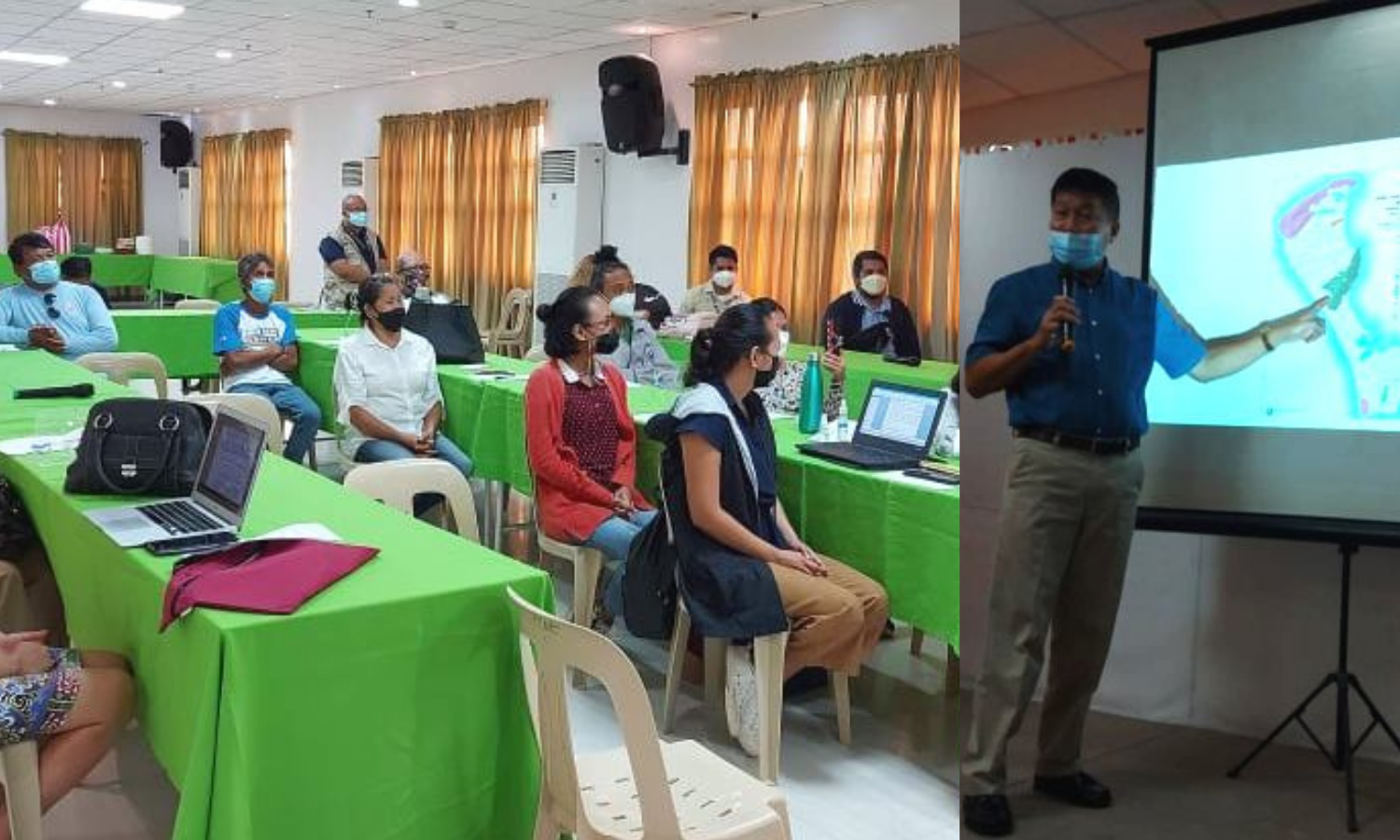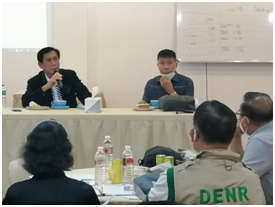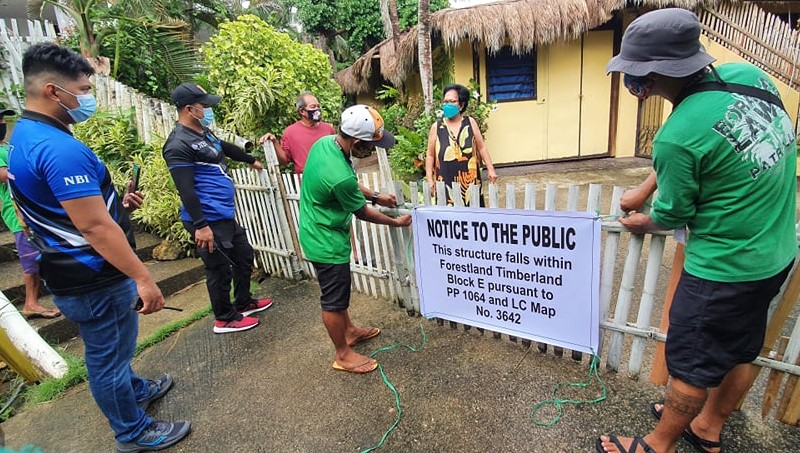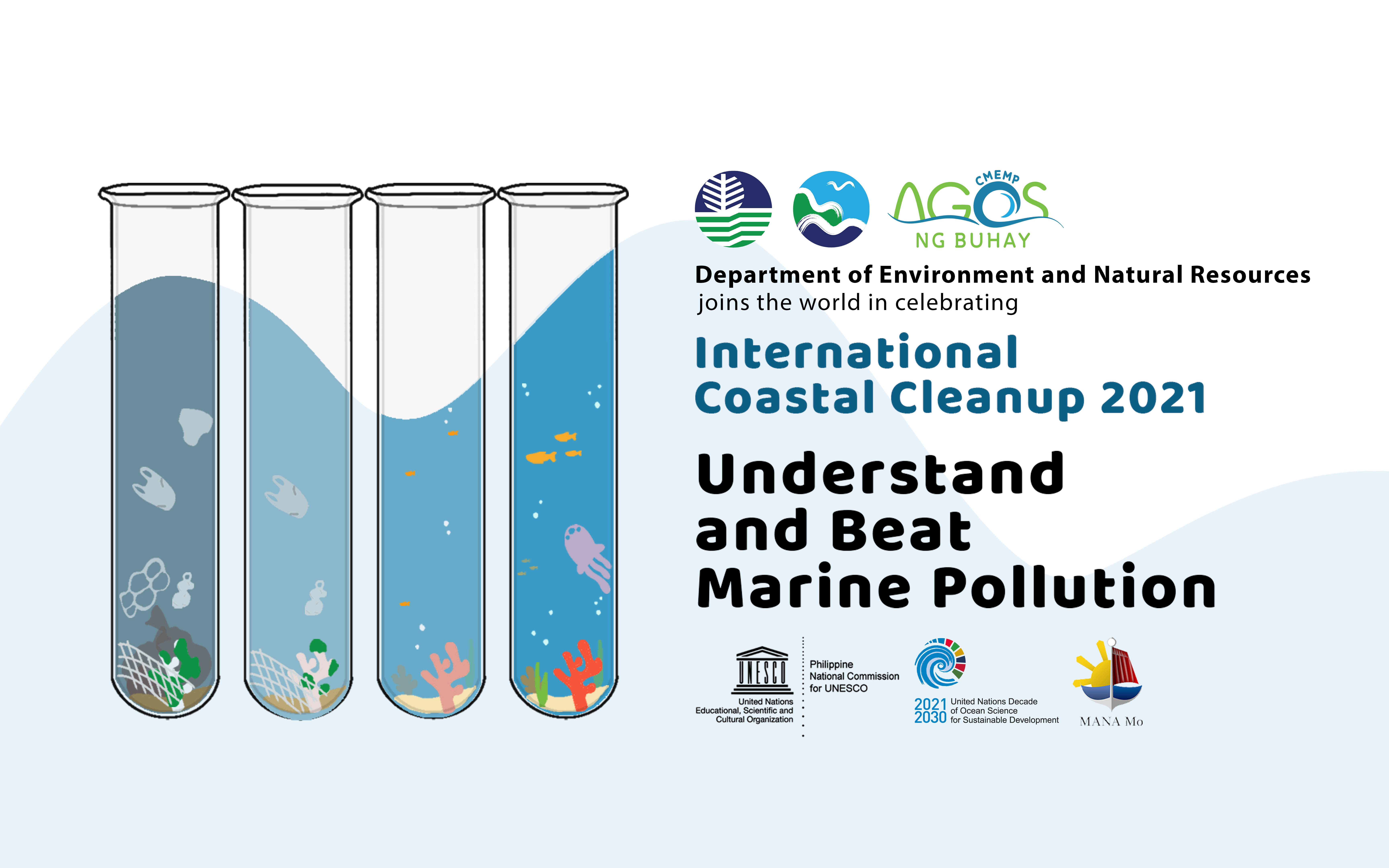DENR 6 tells Boracay stakeholders to respect PP 1064, NABBSI proposes amendments

With the Boracay rehabilitation still ongoing and the term of the Boracay Island Task Force (BIATF) extended until June 2022 by virtue of Executive Order No. 147, natives and businessmen in the island sought help from the Department of Environment and Natural Resources (DENR) in Region 6 to hear them out with their issues and concerns.
In a dialogue held at the municipality of Malay in Aklan province, members of the Natives of Boracay and Business Stakeholders, Inc. (NABBSI) openly told the DENR 6 team, led by Regional Executive Director (RED) Livino B. Duran, they believed Presidential Proclamation (PP) 1064 is implemented without social justice and is a form of oppression by the government. They cited massive land grabbing and that the law did not consider the vested rights of the occupants since the earliest times.
The NABSSI, led by their president Aisa Reyes, proposes amendments to the provisions of PP 1064 which they believed would respect their rights as well.
“Please remember that PP 1064 was deemed constitutional. The Supreme Court ruling on the matter stands and we must respect it. It is also necessary to respect guidelines of various laws and judicial titles as in the case of Tirol family. No one can be above the law,” Duran reminded the aggrieved parties.
Furthermore, he reiterated to all stakeholders the land classification of the island under PP 1064.
“The forestlands in Boracay include Timberland Blocks A–P (covering the three barangays of Balabag, Manocmanoc and Yapak), the 25+5 shoreline easement, and the 15-meter road easement measured from the center of the road,” Duran said.
Both parties tackled the pressing issues with NABBSI and the group proposes for the following to consider: 1. Six-meter road easement from the center of the road (main road); 2. Secondary road shall be 9-meter wide; 3. Tertiary road shall be six meters; 3. The pedestrian lane shall remain as is. Additionally, responsible agency/institution for road construction and maintenance shall be as follows: main road under the Department of Public Works and Highways (DPWH); secondary road under the provincial government; and the tertiary road shall be under the municipal and barangay local government unit.
Meanwhile, Malay’s Municipal Ordinance No. 2000-131 have allowed structures within 10 meters from the cliff and the local government unit have issued building permits, which runs in conflict with the 25+5 easement rule. RED Duran however, emphasized that there shall be no structures within the 25+5 easement with 100% compliance, possible exemptions will be the existing public ports.
Boracay CENR Officer Rhodel Lababit disclosed to the group that establishments in Station 1 were among the first to comply with the 25+5 easement rule, contrary to rumors that they were not compliant.
“We can measure the 25+5 easement rule by locating the X/Y coordinates of the monuments or corners, which indicates the boundary between 25+5 easement and the A&D land,” Duran explained. Also part of the proposal is to increase the number of monuments (locally called “mohon”) with regards to misplaced monuments/corners.
All of NABSSI’s proposed amendments were noted by the DENR 6 but should be discussed with the Office of Congressman Teodoro Haresco of Aklan’s 2nd District for consideration by LGU Malay./DENR 6
- Details
- Parent Category: News & Events
- Category: Press Releases






